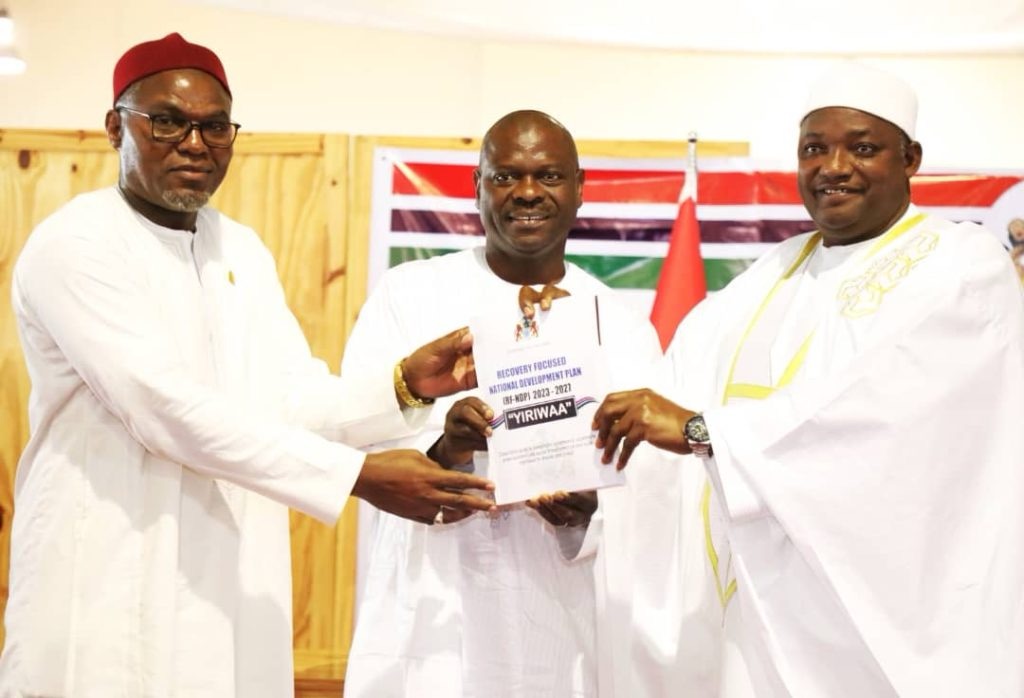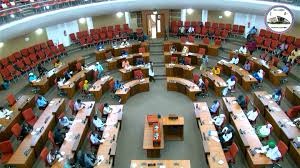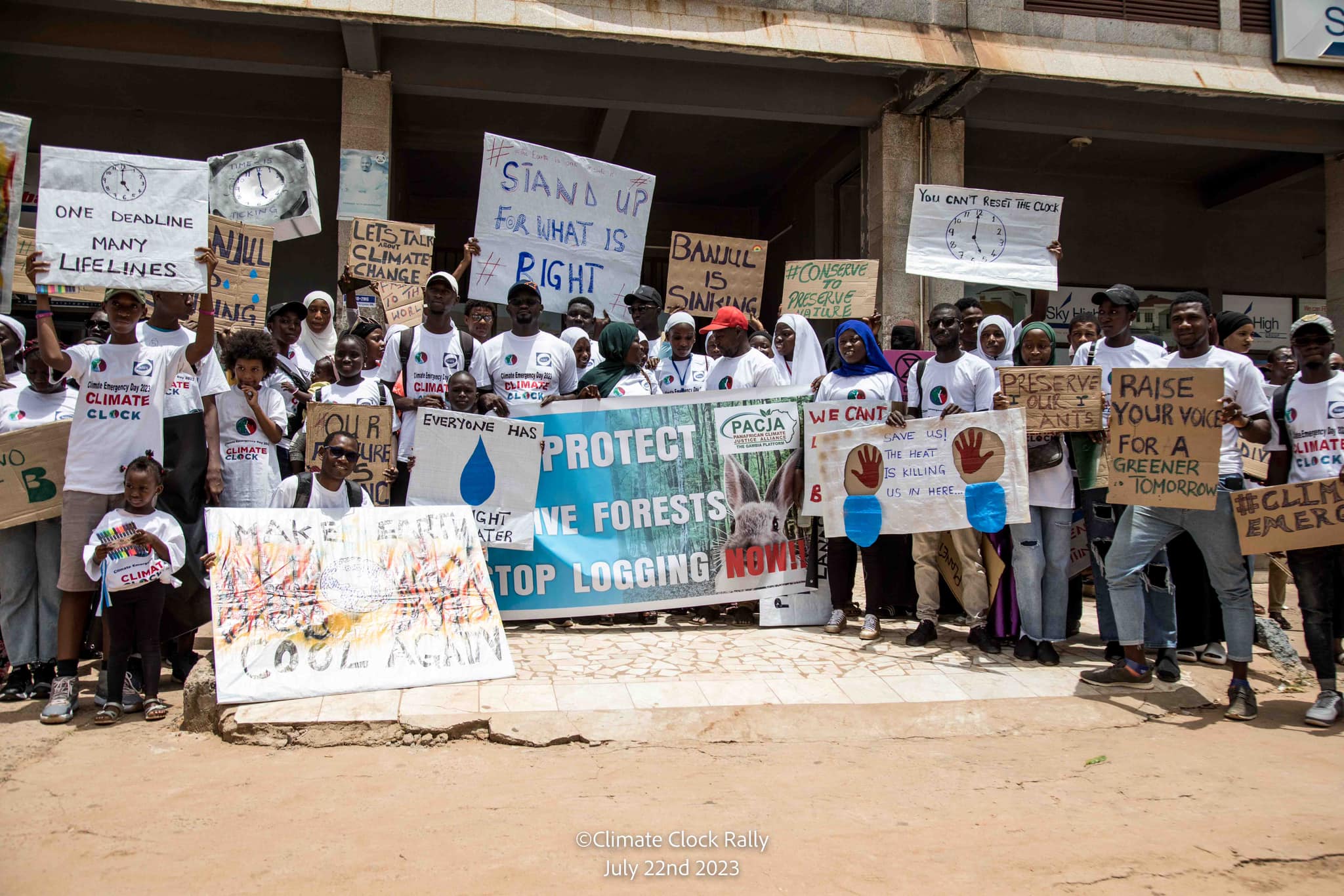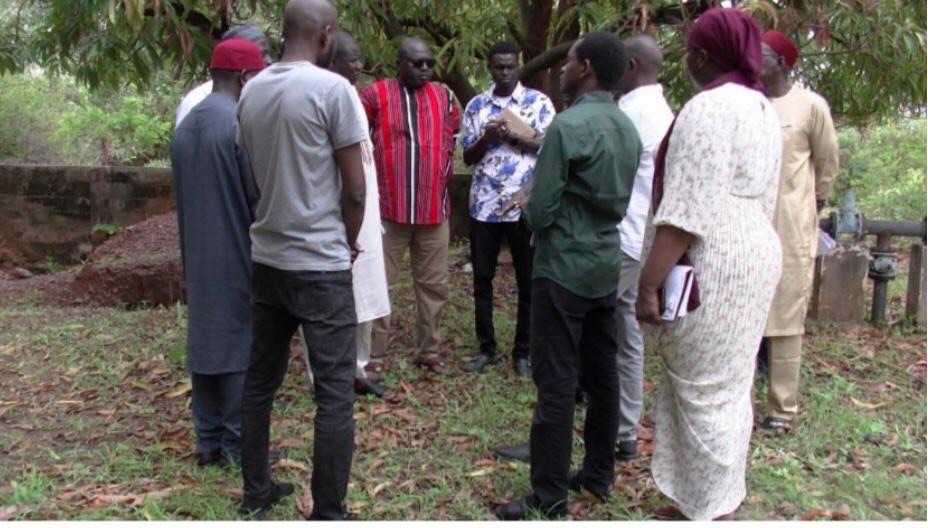By Sheriff Musa
President Adama Barrow has launched the Recovery Focused National Development Plan (RF-NDP) 2023-2027, branded as “YIRIWAA” and this plan succeeds the last development plan, 2018-2021, and is the second national plan under his watch,
On Friday the Gambian leader said, YIRIWAA marked a transformative journey towards sustainable and resilient development.
“Its successful implementation will not only fulfil our medium-term development aspirations, but also contribute significantly towards the achievement of the Sustainable Development Goals (SDGs), Agenda 2063,” he noted.
According to him, the goal of the YIRWAA plan is to consolidate gains in democratic governance, accelerate green economic and social transformation, and build resilience to shocks and crises. Implementing it will be organised around seven pillars.
He added that each pillar represents a critical facet of our national development, with green recovery integrated into every aspect of the framework.
He further said that through these pillars, his government aims to lay the foundations for resilient communities, while addressing the most pressing economic and social challenges that confront us.
“With its robust accountability framework, the Plan is designed to respond to the Government’s commitment to focusing on tangible results, implementing strong monitoring and evaluation processes, and strengthening engagement with the Gambian citizens in the country and the Diaspora,” he pointed out.
He explained that recognising the persistent global and regional economic challenges, the government is mindful of their adverse impact on the country.
“Economic contractions, inflation, and tightening monetary policies in advanced economies present challenges that demand fortifying our institutions and resilience against all uncertainties.
The YIRIWAA Plan is accompanied by a financing strategy that presents an optimistic funding scenario of US$3.5 billion and a conservative scenario of US$2.8 billion,” the Gambian leader further explained.
He added: “The optimistic scenario assumes that resources will be available to implement all the priority areas in the Plan. On the contrary, the other scenario assumes that resources would be available to implement only the top priorities in the Plan.
To address the funding requirements, my government will explore a three-pronged financing strategy: domestic resource mobilisation, innovative financing, and concessionary financing. All of them are geared towards promoting green investments and sustainable development.”
He stated that the Government will enhance domestic resource mobilisation to harness the strength of our internal financial capacity and ensure that our developmental journey is anchored on self-reliance.
The Gambian leader stressed that with the required collaboration and support, he optimistic that his government will successfully raise the needed resources to effectively implement all the priorities in the Plan.
He disclosed that his government advocating for an all-hands-on-deck approach throughout the implementation phase, and without leaving any stone unturned in search for resources to fund the process, adding that “we are designing an Integrated National Financing Framework (INFF) under the leadership of the Ministry of Finance.”





